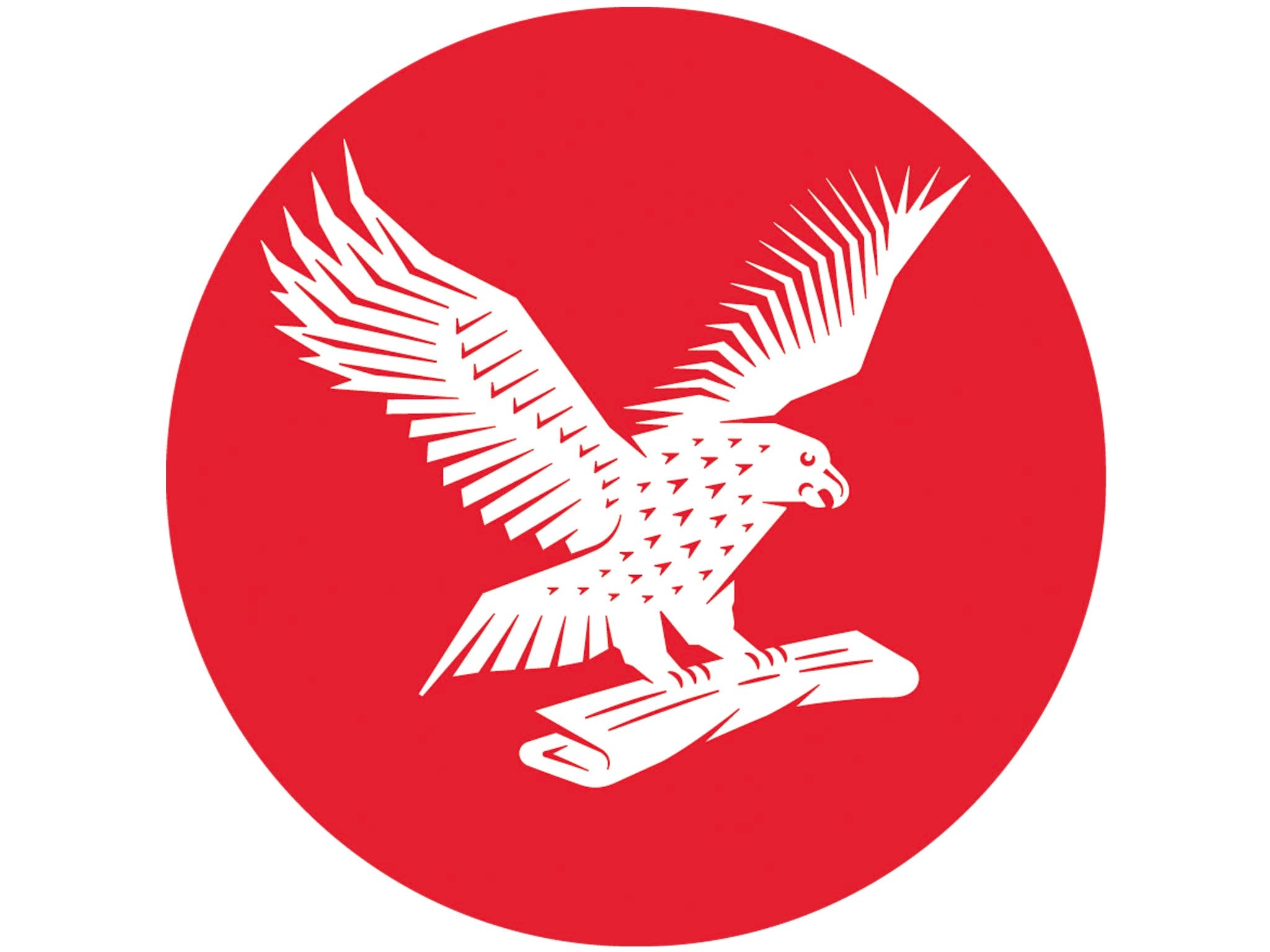
Your support helps us to tell the story
From reproductive rights to climate change to Big Tech, The Independent is on the ground when the story is developing. Whether it's investigating the financials of Elon Musk's pro-Trump PAC or producing our latest documentary, 'The A Word', which shines a light on the American women fighting for reproductive rights, we know how important it is to parse out the facts from the messaging.
At such a critical moment in US history, we need reporters on the ground. Your donation allows us to keep sending journalists to speak to both sides of the story.
The Independent is trusted by Americans across the entire political spectrum. And unlike many other quality news outlets, we choose not to lock Americans out of our reporting and analysis with paywalls. We believe quality journalism should be available to everyone, paid for by those who can afford it.
Your support makes all the difference.The architect Kenzo Tange was worshipped in Japan as one who rescued the war-ravaged nation and made it rise again from the ashes of the atom bombs.
Kenzo Tange, architect: born Osaka, Japan 4 September 1913; Professor, University of Tokyo 1946-74 (Emeritus); twice married (one son, and one daughter deceased); died Tokyo 22 March 2005.
The architect Kenzo Tange was worshipped in Japan as one who rescued the war-ravaged nation and made it rise again from the ashes of the atom bombs.
Tange studied architecture at Tokyo University, where eventually he became a full professor (among his best students were Isozaki Arata and Kurokawa Kisho). After graduation, he began working in the studio of Maekawa Kunio, who for two years had been a favourite pupil of Le Corbusier. This great architect was also Tange's idol, but Tange's originality lay in providing a more human expression to Le Corbusier's extreme purist style. He sought to achieve an architecture of open space - a daring concept in a land that many Japanese consider too small.
In 1949 Tange won the competition to build the Peace Memorial Park and Buildings in Hiroshima, finished in 1955 and now a shrine visited by millions every year. This was followed by a number of revolutionary government office buildings for Tokyo (1957), Kagawa (1958) and Kurashiki (1960).
The Tokyo Olympics in 1964 gave Tange a great opportunity when he constructed an edifice of surreal beauty, the Yoyogi National Stadium, which synthesised traditional and modern Japanese architecture. Its paired structures are crowned by long, sweeping roofs suspended on gracefully slung metal cables, giving a haunting impression of archaic temple forms. They have been described as "the most beautiful buildings on earth". They seemed to symbolise the beginnings of Japan's economic recovery from the disasters of the Second World War. The same year saw the creation of Tokyo's Santa Maria Cathedral.
In 1965, Tange took an important role in the reconstruction of Skopje in Yugoslavia, which had been devastated by an earthquake, a natural phenomenon with which he was all too familiar in Japan. Then came a series of major native works like the Yamanashi Culture Hall (1966) and the Japan Expo Master Plan (1970). He began accepting commissions from abroad: the Kuwait International Airport (1979), the Saudi Arabia Royal Palace (1982) and a series of works ranging from Nigeria, Singapore and Naples to the International Fairs Centre at Bologna and the Baltimore Inner Harbour project.
Back in Japan, he designed the Hanae Mori building (1978), the Turkish embassy (1979) and the massive new Tokyo metropolitan government offices (1991). The last-named is a huge twin-towered edifice that the Japanese started calling "Notre Dame de Tokyo". It was again a new departure in Tange's ever-changing styles, neither functional in concept nor post-modern in form. The immense structure's imposing twin-tower silhouette and the grandeur of its classic marble façade gave rise to impassioned debates about a skyscraper that rose well above the limits of Japanese architecture and seemed to be impinging ominously upon the national consciousness.
In 1998, I paid a visit to Nice, where one of Tange's smaller works, the Musée des Arts Asiatiques on the Promenade des Anglais, provides a striking contrast to the monumentalism of his other later work. It is a little jewel of architectural geometry consisting essentially of four cubes of pure white marble surmounted by a pyramidal glass roof. The cube is an oriental symbol of the earth. Tange wanted to give this work the grace of a swan floating on a lake, and its cool reflection upon the waters does indeed suggest this tranquil image of meditation, even though it is now obscured by an enormous bank building rising among a clutter of pseudo-Californian urbanism in the shadow of Nice airport.
In 1987, Tange was awarded the Pritzker Prize - equivalent to a Nobel prize for architecture - saying in his acceptance speech that he had struggled to reconcile the forms of the future with his reverence for the artistic past of his native land. He declared that "Post-modernism is no more than a mere eclectic mixture of aesthetic elements - modern and ancient, or eastern and western - that have already reached an impasse."
He went on to say that it was his artistic duty to free art from this impasse, at the same time seeking constant change. "I do not wish to repeat what I have done," he stated. "I find that every project is a springboard to the next, always advancing forward from the past to the ever-changing future. That is my next challenge."
James Kirkup
Join our commenting forum
Join thought-provoking conversations, follow other Independent readers and see their replies
Comments